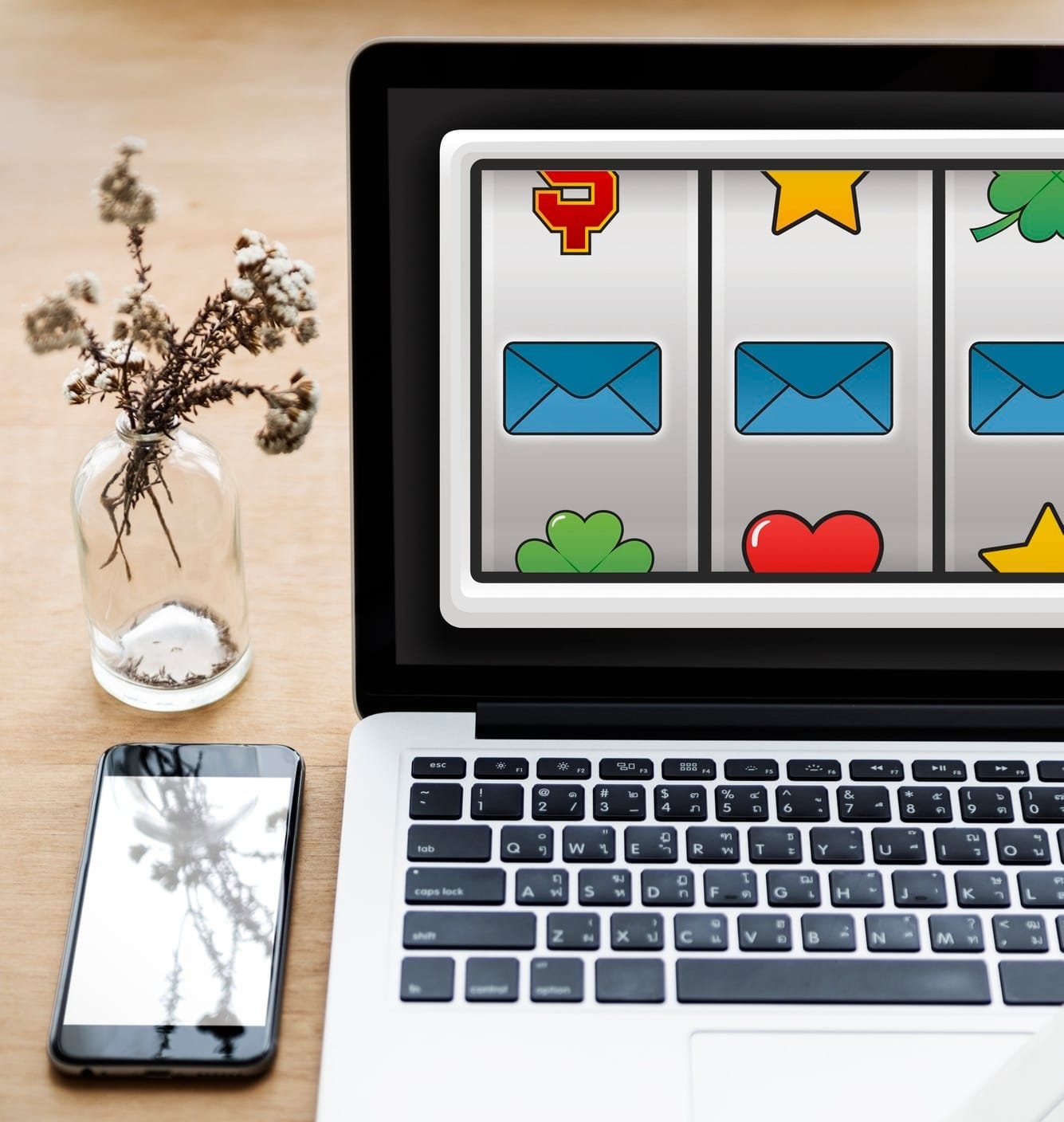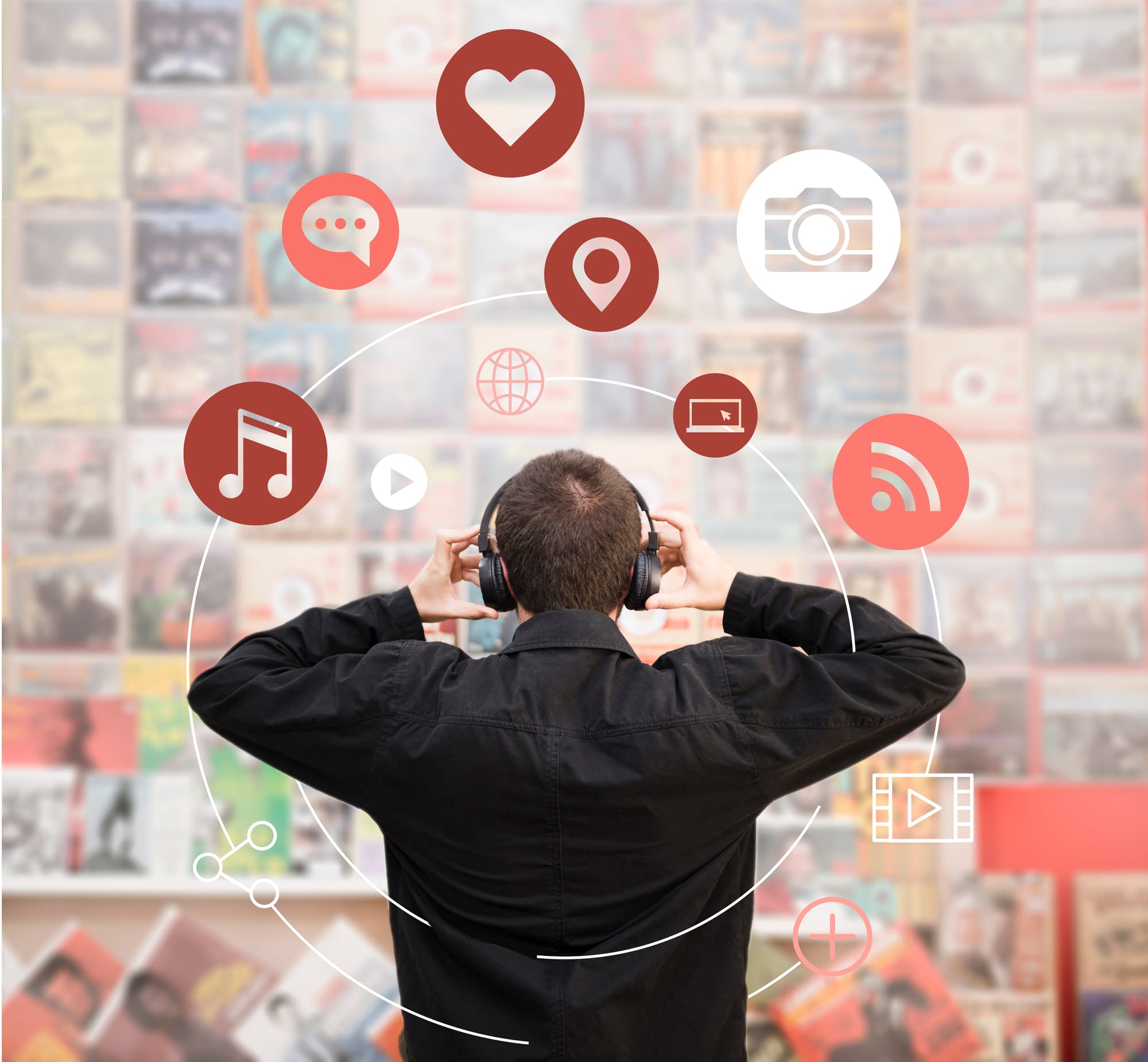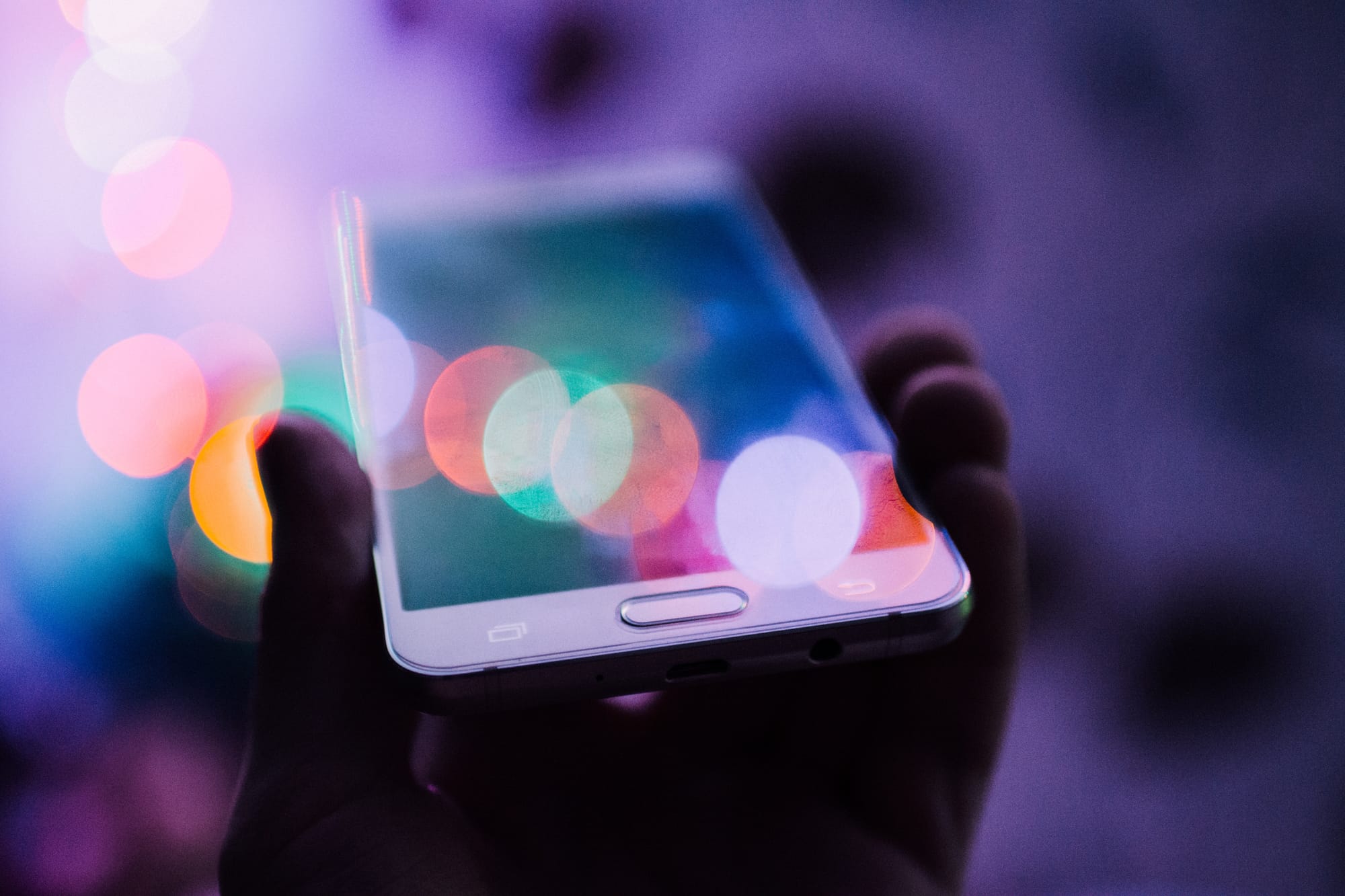The Future of Email Marketing: Top Trends for Your Newsletter Success

Email marketing is constantly evolving, and as we move into the end of 2024, the landscape continues to shift with new trends and strategies emerging. Whether you’re a seasoned marketer or just starting your newsletter journey, staying updated on the latest trends is crucial to keep your audience engaged and your efforts effective. Newsletters remain a vital tool for businesses, creators, and hobbyists alike, offering a unique space to connect with audiences directly.
In this blog, we’ll explore 10 cutting-edge email marketing trends that are reshaping how newsletters are written, designed, and delivered. These trends are designed to ensure your newsletters stand out, stay relevant, and drive results. In the end, we’ll share how LetterSub can help you amplify your newsletter’s reach and engagement in 2025.
1. Hyper-Personalization

What It Is
Hyper-personalization is a deeper level of tailored communication in email marketing. It involves using advanced data like browsing history, past purchases, user preferences, and even real-time behavior to create messages that resonate with each recipient.
Instead of just addressing subscribers by name, this strategy focuses on crafting content that feels uniquely relevant to their interests and needs. For example, a subscriber who recently bought running shoes might receive emails featuring fitness tips or accessories that complement their purchase. The process typically involves tools like CRM software or AI to gather and analyze data. For a better understanding of hyper-personalization, you can read more here.
Why It Works
Personalization builds a sense of connection and makes recipients feel valued, which fosters loyalty. Research shows that personalized emails generate six times more transaction rates than generic ones. When emails align closely with the subscriber's interests, they are more likely to open and engage with them.
Hyper-personalization also helps reduce unsubscribe rates because the emails feel helpful rather than intrusive. Moreover, it improves conversion rates, as readers are more inclined to act on content, they find relevant and timely.
Example
Imagine a skincare brand that tracks a customer’s browsing patterns. If a user frequently views anti-aging products, the brand can send emails about a new anti-aging serum with tips for application and links to success stories.
Another example is Netflix’s weekly email updates, which recommend shows based on the user’s watching history. These emails feel highly curated, making recipients more likely to open them and click through to the platform.
2. Interactive Emails

What It Is
Interactive emails allow subscribers to engage with content directly in the email without needing to click out to a website. Common interactive features include polls, quizzes, image carousels, accordions (expandable sections), and embedded forms.
These elements encourage the reader to participate and explore, creating an experience rather than just delivering information. As technology advances, even small e-commerce brands can use tools to create these dynamic emails with minimal coding.
Why It Works
Interactive emails increase engagement by making emails feel fun and rewarding. Instead of passively reading, recipients can actively participate, which helps build a stronger connection. Interactive content also helps brands collect data in a less intrusive way.
For instance, polls can gather opinions without asking the subscriber to fill out a long survey. These actions also extend the time spent on an email, improving metrics like dwell time and lowering bounce rates.
Example
A fashion brand might include a quiz in their email: “What’s your Fall Style?” Subscribers could answer questions directly within the email and see results like outfit suggestions.
Another example is a SaaS company including an interactive poll that asks, “Which new feature would you like us to develop next?” Not only does this engage readers, but it also provides the company with actionable insights into user preferences.
3. AI-Powered Content Creation

What It Is
AI-powered content creation leverages artificial intelligence to produce email copy, subject lines, and even design suggestions. By analyzing historical campaign data, user preferences, and behavioral patterns, AI can predict what kind of content will resonate most with your audience.
It also offers features like A/B testing automation, grammar correction, and predictive analytics. These tools help brands craft emails that feel relevant and engaging, with minimal manual effort. For some additional information about this AI-powered content, you can read it here.
Why It Works
AI-driven content creation saves time while improving results. The ability to analyze large volumes of data ensures that content aligns perfectly with what subscribers want to see. It also helps eliminate guesswork in crafting compelling subject lines or CTAs.
Many companies report higher open and click-through rates when they use AI to guide their content. Additionally, AI-generated content feels professional and error-free, building trust with your audience.
Example
An example is Grammarly’s email campaigns, which use AI to create personalized weekly insights about a user’s writing habits, like “You were 30% more productive this week.”
Another is an e-commerce store that uses AI to suggest product bundles tailored to an individual’s browsing and purchasing behavior, increasing upsell opportunities.
4. Micro-Segmentation

What It Is
Micro-segmentation is the practice of dividing your email list into highly specific groups based on granular data, such as past purchases, geographic location, or activity level.
Unlike traditional segmentation, which might target broad groups like “frequent buyers,” micro-segmentation focuses on very narrow, detailed categories. It ensures that each email speaks directly to a unique subset of your audience.
Why It Works
Micro-segmentation creates ultra-relevant campaigns that drive higher engagement rates. When recipients feel like the email is speaking directly to their needs, they are more likely to take action.
This approach also allows businesses to test different strategies for each group, uncovering what works best for specific segments. Additionally, it improves customer retention by providing value through tailored content rather than generic messages.
Example
A fitness subscription box might create micro-segments based on workout preferences, such as “yoga enthusiasts” or “weightlifters.” Each group would receive emails with targeted content like yoga props or protein powders.
Another example is Amazon’s segmented recommendations, which suggest products based on a user’s recent searches, purchase history, and even items left in their cart.
5. Dark Mode Optimization

What It Is
Dark mode optimization refers to designing emails that look visually appealing in both light and dark modes. As more users switch to dark mode on their devices, emails that aren’t optimized can appear unprofessional or difficult to read. This involves selecting colors, fonts, and images that adapt seamlessly to either mode.
Why It Works
Optimizing for dark mode ensures a consistent user experience, regardless of the subscriber’s preference. It also reflects modern design trends, showing that your brand is up-to-date. Poorly optimized emails might have unreadable text or washed-out images in dark mode, which can frustrate readers and reduce engagement.
Example
A tech company might send a product launch email with high-contrast visuals that pop in both dark and light modes. For instance, using bold white text on a deep navy background ensures readability in dark mode without clashing in light mode.
6. Storytelling Emails

What It Is
Storytelling emails use narratives to engage subscribers and convey your brand's message in a more compelling way. Instead of simply listing facts or promotions, these emails craft a story around the product or service.
This could include the history of your brand, customer success stories, or even relatable scenarios that align with your audience’s lifestyle. Storytelling connects on an emotional level, drawing readers in and making the content memorable.
Why It Works
People naturally gravitate toward stories because they are engaging and evoke emotions. Storytelling helps brands stand out in crowded inboxes by creating a human connection. It allows you to subtly showcase the benefits of your product or service without sounding overly sales-focused.
Studies show that readers are more likely to remember stories than generic facts, making storytelling an excellent tool for brand recall. It also creates a more personal touch, helping readers feel that your brand understands their needs and experiences.
Example
A sustainable clothing brand might send an email about a customer who switched to eco-friendly fabrics and how it transformed their wardrobe. The email could include before-and-after pictures and a small testimonial about why sustainable choices matter.
Another example is a coffee brand sharing the journey of how their beans are ethically sourced, introducing the farmers who grow them. These stories humanize the brand and make the email content more engaging.
7. Video Integration

What It Is
Video integration involves embedding short video clips in emails to capture attention and deliver information more dynamically. Instead of relying solely on text or static images, videos convey your message visually and audibly, making it easier for subscribers to absorb.
Popular examples include product demos, behind-the-scenes content, customer testimonials, and explainer videos. While not every email platform supports embedded video playback, using a thumbnail image that links to the video works just as effectively.
Why It Works
Videos are proven to increase engagement, with reports showing that emails containing videos can boost click-through rates by up to 300%. They quickly convey information and are particularly effective for showing how products work or telling stories in a more immersive way.
Videos also cater to visual learners who prefer watching over reading. Additionally, they add a sense of professionalism and creativity to your emails, enhancing your brand's perceived value.
Example
A software company could send a video walkthrough of a new feature, highlighting how it solves a common problem for users. Another example is a travel agency embedding a short video of breathtaking destinations to entice subscribers to book a vacation. Even simple animations, such as GIFs, can make an email more visually appealing and engaging.
8. Focus on Accessibility

What It Is
Accessibility in email marketing ensures that your emails are inclusive and can be easily read by everyone, including people with disabilities. This includes features like alt text for images, proper font sizes, high-contrast color schemes, and compatibility with screen readers.
Accessibility also involves structuring content in a logical, scannable way, with headings and short paragraphs that make it easier to navigate.
Why It Works
Prioritizing accessibility expands your audience reach, ensuring no one is excluded from your communications. It demonstrates that your brand cares about inclusivity and user experience, which builds trust and credibility.
Accessible emails are also more likely to perform better overall because they cater to varying reading environments, such as mobile devices or low-light settings. Moreover, some accessibility features, like alt text, can boost your email's SEO performance.
Example
A retail brand might add descriptive alt text to all product images so that screen readers can convey what each image represents. Another example is ensuring the CTA buttons are large enough for people with motor impairments to click easily, and using descriptive text like "Shop New Arrivals" rather than "Click Here."
9. Eco-Friendly Email Marketing

What It Is
Eco-friendly email marketing emphasizes sustainable practices, such as reducing unnecessary emails, promoting eco-conscious products, or raising awareness about sustainability initiatives.
This trend is about aligning your brand with environmentally friendly values and using your email platform to advocate for positive change. Companies are also finding creative ways to use email to offset carbon footprints, such as sharing eco-tips or highlighting green efforts.
Why It Works
Consumers are increasingly drawn to brands that prioritize sustainability. Incorporating eco-friendly messaging into your emails not only aligns with this demand but also enhances your brand's reputation.
It shows that your business is socially responsible and forward-thinking. Additionally, promoting sustainability can make subscribers feel like they are contributing to a meaningful cause by engaging with your brand.
Example
A skincare brand might send a newsletter highlighting its new refillable product packaging and how it reduces waste. Another example is a food company emailing tips on minimizing food waste, along with recipes that use leftovers. These emails appeal to environmentally conscious readers while promoting products.
10. User-Generated Content (UGC)

What It Is
User-generated content involves showcasing content created by your customers, such as photos, reviews, or testimonials, in your emails. It’s an authentic way to demonstrate your product's value through real-life experiences.
UGC can include a mix of social media posts, customer feedback, or even videos submitted by users who love your product or service. You can learn more about UGC here.
Why It Works
UGC builds trust because people are more likely to trust recommendations from peers than traditional advertisements. It also creates a sense of community, encouraging subscribers to engage with your brand and even contribute their own content.
UGC adds authenticity to your emails, showing your audience how others are benefiting from your products or services. Furthermore, it lightens the content creation load for your team, as customers essentially become your co-creators.
Example
A fitness brand could feature a subscriber’s Instagram photo wearing their gear, with a caption like, “Thanks to [customer’s name] for crushing their workout with us!” Another example is an email showcasing a glowing review of a product, accompanied by a picture of the reviewer holding it. Adding CTAs like “Share your story with us!” encourages even more engagement.
Conclusion
Email marketing is constantly evolving, and staying on top of the latest trends is essential for keeping your newsletters fresh, engaging, and effective. From incorporating hyper-personalization to embracing interactive emails and eco-conscious messaging, these trends are shaping the way brands connect with their audiences.
At LetterSub, we’re here to help you amplify your newsletters and reach a broader audience. While we’re not a design platform, we’re your go-to space for promoting your newsletters and connecting with a vibrant community of creators and businesses. Let’s transform your email marketing game together—start showcasing your newsletters on LetterSub today!
